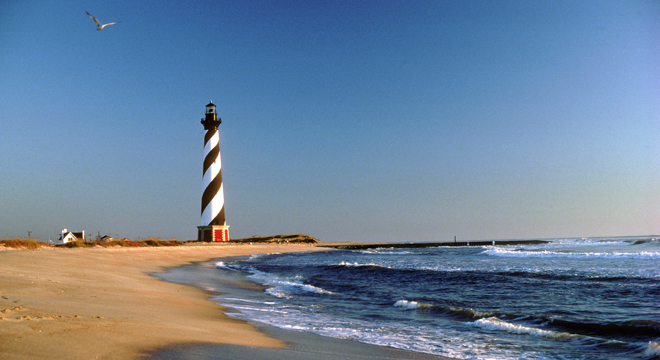A new U.S. Geological Survey report published Sunday says that rates of sea level rise are increasing three-to-four times faster along parts of the U.S. east coast than they are globally.
“Since about 1990, sea-level rise in the 600-mile stretch of coastal zone from Cape Hatteras, N.C. to north of Boston, Mass. — coined a “hotspot” by scientists — has increased 2 – 3.7 millimeters per year; the global increase over the same period was 0.6 – 1.0 millimeter per year,” the U.S. Geological Survey said in a news release. “Based on data and analyses included in the report, if global temperatures continue to rise, rates of sea level rise in this area are expected to continue increasing.”
Among other things, the USGS said, the sea level rise will make coastal cities more vulnerable to flooding.
States up and down the coast have been making long-term plans for accelerated sea-level rise. Recently, Republican lawmakers in two states, Virginia and North Carolina, have expressed reservations about directly tying the sea-level rise issue to climate-change.
According to the USGS, the east coast “sea-level rise hotspot is consistent with the slowing of Atlantic Ocean circulation,” and that the slowing circulation may be connected to changes in water temperature, salinity and density in the subpolar north Atlantic.
“Many people mistakenly think that the rate of sea level rise is the same everywhere as glaciers and ice caps melt, increasing the volume of ocean water, but other effects can be as large or larger than the so-called ‘eustatic’ rise,” USGS Director Marcia McNutt said in a statement. “As demonstrated in this study, regional oceanographic contributions must be taken into account in planning for what happens to coastal property.”
The report, titled “Hotspot of accelerated sea-level rise on the Atlantic coast of North America,” was published in the journal Nature Climate Change. Read the whole thing here.






